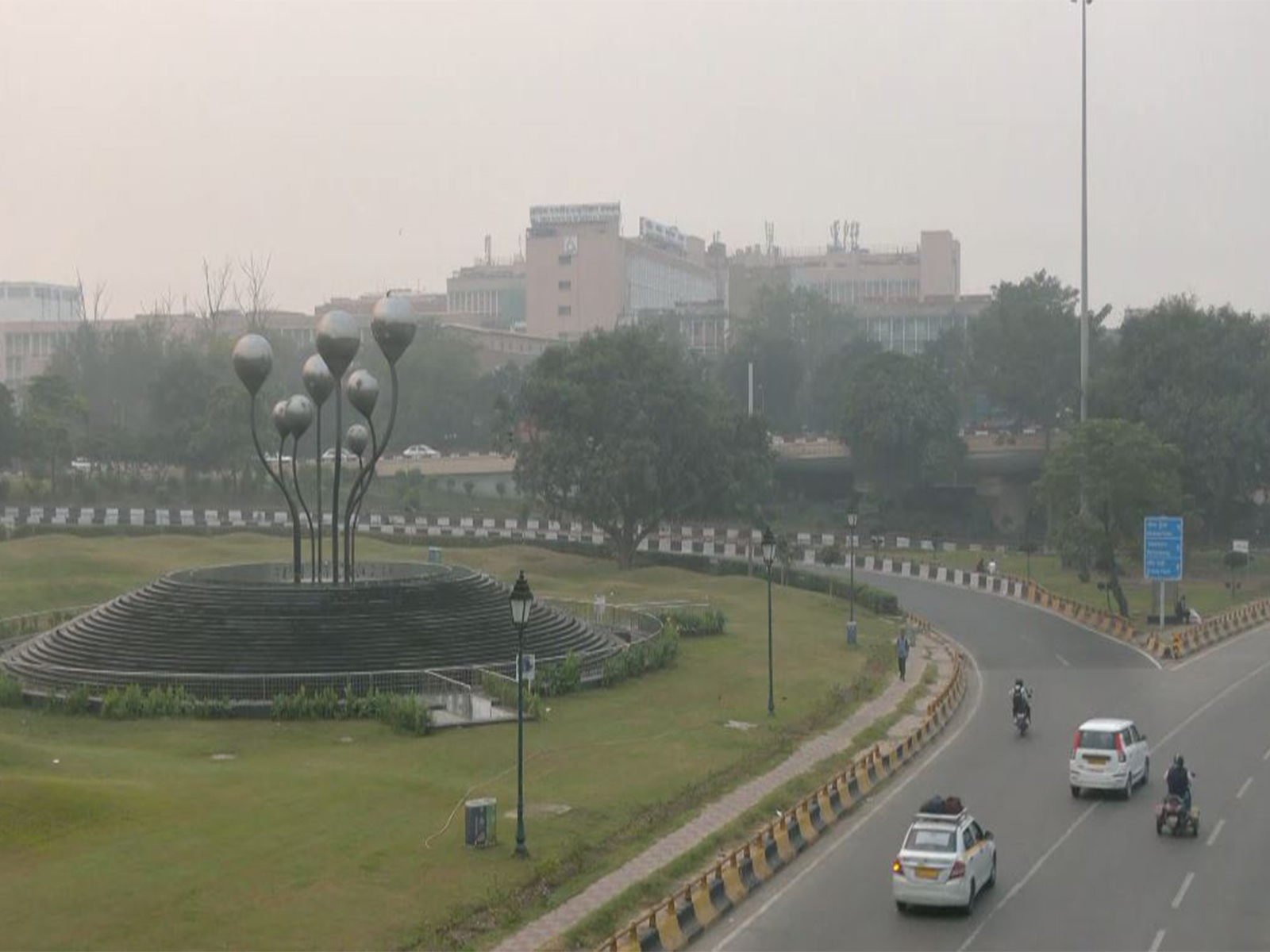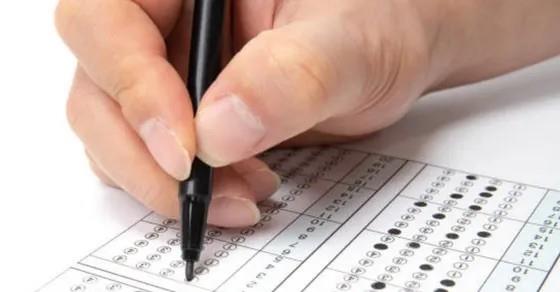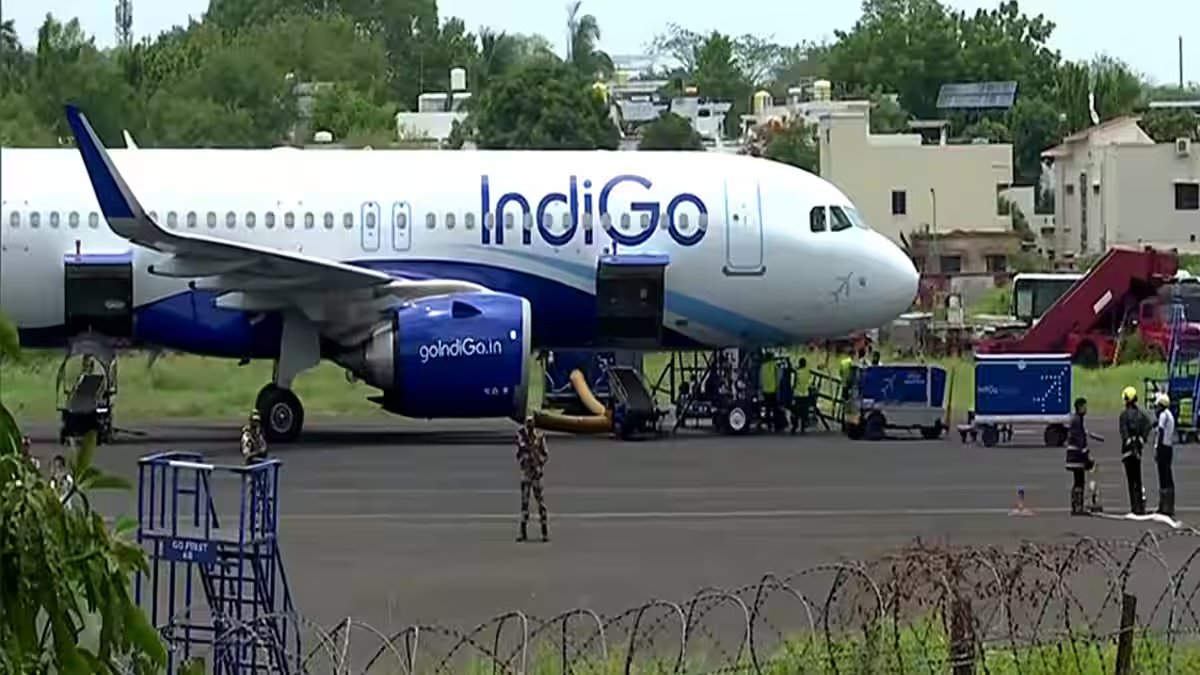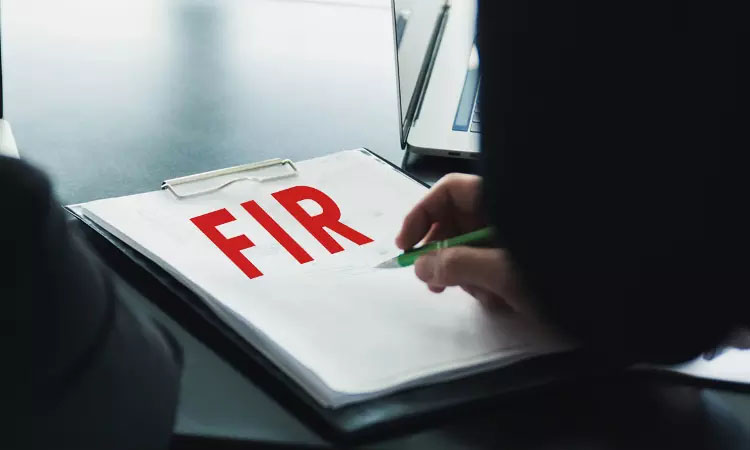New Delhi [India]: The national capital’s air quality remained in the ‘poor’ category on Saturday morning, with the overall Air Quality Index (AQI) recorded at 245 at 8 a.m., according to data from the Central Pollution Control Board (CPCB).
Several monitoring stations across Delhi reported ‘poor’ air quality, while a few recorded ‘moderate’ and ‘very poor’ levels.
At 8 a.m., AQI readings were as follows: Anand Vihar (298), Alipur (258), Ashok Vihar (287), Burari Crossing (264), Chandni Chowk (299), Dwarka Sector-8 (260), ITO (275), Jahangirpuri (300), Mandir Marg (204), Mundka (259), Najafgarh (214), Narela (283), Okhla Phase-2 (248), Patparganj (274), Punjabi Bagh (265), RK Puram (298), Rohini (281), and Siri Fort (295) — all falling under the ‘poor’ category.
Some areas recorded slightly better air quality, with Aya Nagar (182), IGI Airport T3 (188), and DTU (181) showing ‘moderate’ AQI levels. IHBAS Dilshad Garden registered a relatively better AQI of 124, while Lodhi Road reported 150.
However, pollution levels were particularly high in Wazirpur (328) and Bawana (301), both categorized as ‘very poor’.
As per CPCB standards, an AQI between 0–50 is considered ‘good’, 51–100 ‘satisfactory’, 101–200 ‘moderate’, 201–300 ‘poor’, 301–400 ‘very poor’, and 401–500 ‘severe’.
To curb pollution, truck-mounted water sprinklers were deployed in several parts of Delhi. Meanwhile, the Commission for Air Quality Management (CAQM) has prohibited the entry of all BS-III and below standard commercial goods vehicles not registered in Delhi, effective November 1.
“BS-III vehicles are being turned back and not allowed into the city. The restriction applies only to goods carriers, not passenger vehicles,” said Dharmveer Kaushik, Sub-Inspector, Delhi Transport Enforcement Team.
Since Diwali, Delhi and the National Capital Region (NCR) have been witnessing ‘poor’ to ‘very poor’ air quality in multiple areas, even as Stage 2 of the Graded Response Action Plan (GRAP) remains in force.
In line with GRAP Stage II measures, the New Delhi Municipal Council (NDMC) has doubled parking fees across the capital to discourage the use of private vehicles. The revised charges apply to both off-road and indoor parking spaces managed by the NDMC.













